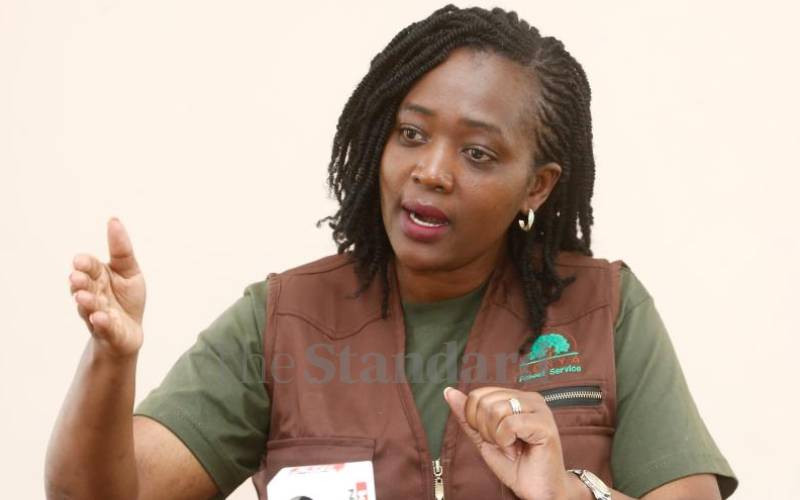×
The Standard e-Paper
Home To Bold Columnists

Public forest plantations cover 150,000 ha and comprise six per cent of Kenya's 2.49 million Ha. gazetted forest estate.
They are comprised of cypress, pine, and eucalyptus exotic tree species. Management of plantations is provided for in the Forest Conservation and Management Act no. 34 of 2016 under sections 43, 44, 45, 47, 57, 59, and 60. Plantation forests have a rotation period (economic life cycle) of 25-30 years for pines and cypress and 15-20 years for eucalyptus depending on the product.